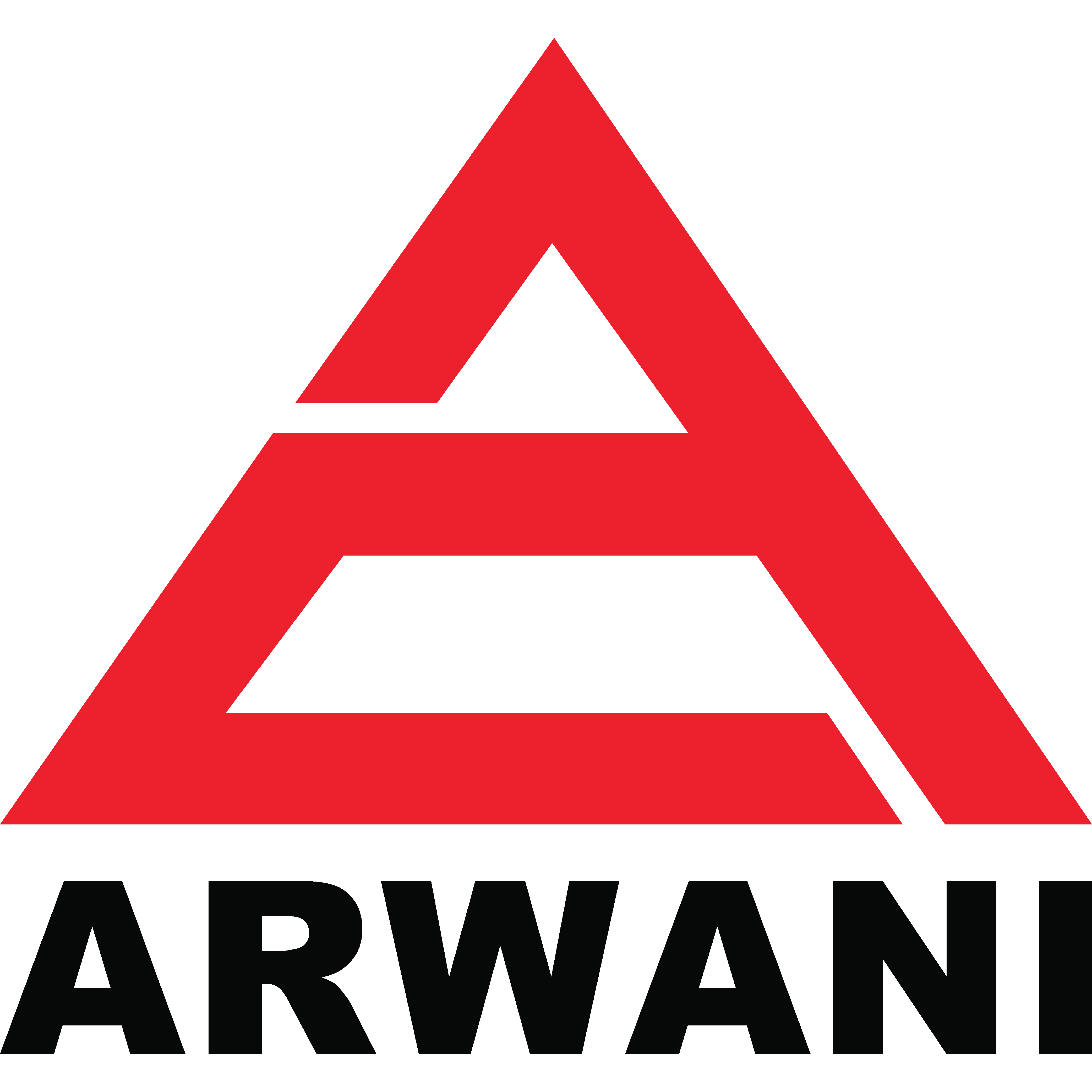In the rapidly advancing electronics manufacturing sector of the UAE, precision and reliability are paramount. Waterjet cutting technology has emerged as a key solution, enabling manufacturers to work with a broad range of materials without causing thermal distortion. This cold-cutting process has found widespread use across consumer and industrial electronics, thanks to its precision, material versatility, and cost-efficiency.
This case study explores how waterjet cutting is used in the electronics industry, the types of materials it supports, and the advantages it offers for electronics production in the UAE.
How Does the Electronics Industry Use Waterjet Cutting?
Waterjet cutting technology plays a crucial role in electronics manufacturing, especially in applications that require precision and non-thermal processing. In the UAE, where the demand for advanced electronics in sectors such as automotive, telecommunications, and medical devices is growing, manufacturers increasingly rely on CNC waterjet systems to meet strict quality standards.
Key uses include:
-
Casing and frame cutting for smartphones, laptops, televisions, and audio equipment.
-
Semiconductor fabrication, including water dicing and wafer edge grinding.
-
Custom prototyping and R&D, where high-precision internal cuts are required.
-
Precision component manufacturing for sensors, circuit boards, and internal device parts.
What Materials Does Waterjet Cut in the Electronics Sector?
Aluminum
Aluminum is widely used in electronics due to its strength and lightweight properties. It is used in frames, casings, heat sinks, and internal components. Waterjet cutters provide clean, burr-free edges ideal for precision assembly.
Copper
Used extensively for electrical conductivity, copper plates and sheets are vital in printed circuit boards (PCBs), antennas, and thermal systems. Waterjet cutting avoids oxidation and maintains dimensional integrity.
Lithium
Lithium is a critical material in battery production. Due to its delicate nature and the small quantities involved, only ultra-precise methods like waterjet cutting—with tolerances as tight as ±0.001″—can be used.
Titanium
For rugged and lightweight electronics, titanium offers an ideal strength-to-weight ratio. Waterjet cutting handles titanium effortlessly without tool wear or thermal damage.
Silver
Common in touchpads, microwaves, TV displays, and PCB traces, silver requires fine and consistent cutting. Waterjet can achieve the delicate tolerances required in these applications.
Gold
Gold is used for bonding wires, connectors, and circuit coatings. Waterjet cutting offers a clean and controlled process for slicing thin gold sheets with minimal waste.
Nickel
Nickel-based components in batteries and electrodes are frequently processed with waterjet cutters due to their intricate shapes and thermal sensitivity.
Plastics and Polymers
Waterjet is perfect for cutting high-strength plastic components used in device enclosures, keypads, and insulators. Since the process generates no heat, plastics retain their structural integrity.
Applications of Waterjet Cutting in Electronics Manufacturing
Consumer Electronics
-
Smartphones: Waterjet cutters are used to fabricate frames, antenna covers, and internal shielding.
-
Laptops: Complex metal alloys like aluminum-magnesium blends are shaped for bodies and inner housings.
-
Televisions: Used for cutting screens, display frames, and internal circuit supports.
-
Audio Equipment: Waterjet shapes wood, plastics, and composites for speaker housings and enclosures.
-
Cameras: Camera lenses and precision parts require angled, high-accuracy cutting.
-
Wearables and Accessories: Smartwatches and fitness bands feature intricate components cut from composites and metals.
Automotive Electronics
-
GPS units, infotainment systems, and sensor mounts are produced using waterjet precision.
-
Transparent HUD displays and interface panels are shaped with minimal stress using cold-cutting methods.
Industrial and Medical Electronics
-
Sensors: Includes infrared, pressure, and proximity sensors with small, precise components.
-
Medical Devices: Waterjet cutters produce housing and circuit parts for pacemakers, monitors, and diagnostic equipment.
-
Telecommunication Equipment: Routers, base station parts, and satellite components rely on precision-cut structures and enclosures.
Benefits of Waterjet Cutting for the Electronics Industry
-
Material Flexibility: Works on metals, composites, ceramics, and plastics without tool changes.
-
Precision Cutting: Offers tolerances ideal for microelectronics and detailed assemblies.
-
Cold-Cutting Process: Prevents thermal damage or warping, critical for sensitive electronic components.
-
No Secondary Finishing Required: Smooth edges reduce the need for grinding or polishing.
-
Layer Cutting Efficiency: Multiple sheets can be cut simultaneously to boost throughput.
-
Environmental Advantages: Waterjet cutting produces no hazardous fumes or dust.
Why Waterjet Cutting is Ideal for UAE Electronics Manufacturers
In the UAE’s fast-growing electronics and technology manufacturing sector, waterjet cutting provides a competitive advantage:
-
Supports R&D and prototyping for startups and advanced electronics projects.
-
Handles custom fabrication of device parts for defense, telecom, and aerospace companies.
-
Reduces waste and material loss, which is critical for high-cost materials like silver and gold.
-
Streamlines production workflows in facilities focused on precision and speed.
Where to Find CNC Waterjet Cutting Machines and Services in UAE
For businesses in the UAE looking to integrate waterjet cutting into electronics manufacturing, Arwani Trading Company offers a wide range of CNC waterjet systems and technical support tailored to industrial needs. From selecting the right system to installation and maintenance, our team ensures you’re equipped to handle complex, high-precision projects with ease.
Contact Arwani today to explore waterjet solutions for the electronics industry.







